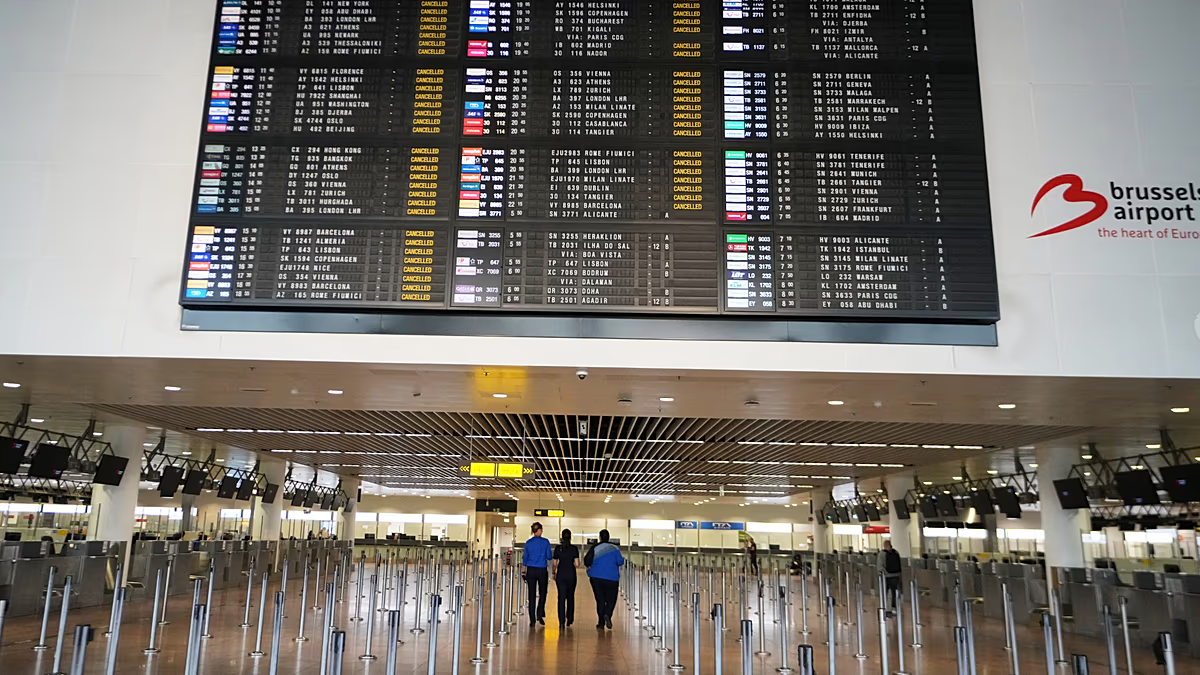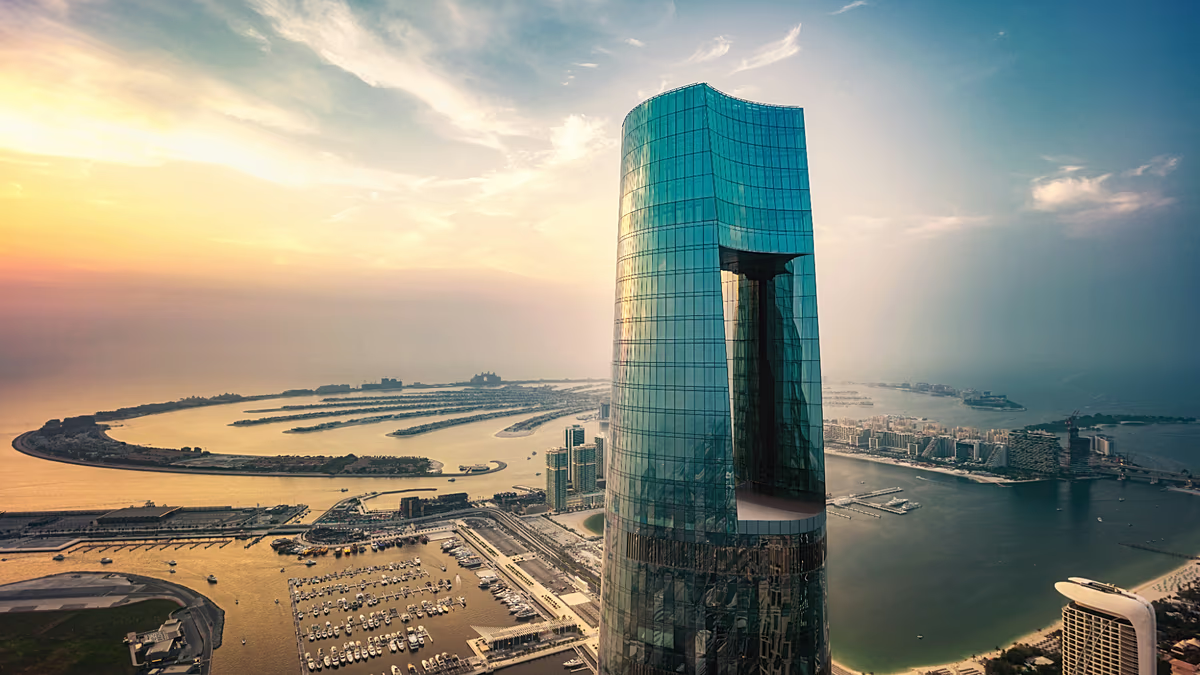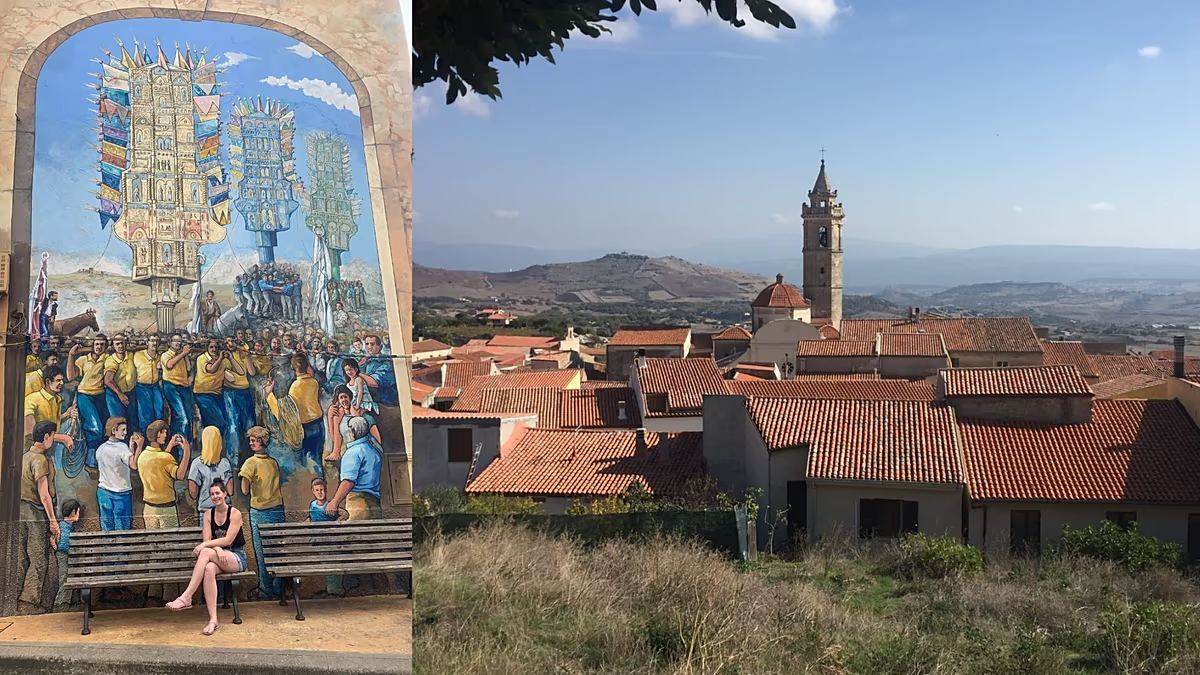Europe’s Hidden Gems: The Charm of Second Cities
Europe’s major capitals like Paris, Rome, and London continue to draw millions of tourists annually, resulting in overcrowded attractions, sky-high accommodation costs, and an increasingly strained tourism infrastructure. Yet just beyond these celebrated metropolises lie Europe’s “second cities” – vibrant urban centers that offer authentic cultural experiences, remarkable architectural heritage, and culinary delights without the overwhelming crowds. These overlooked destinations provide travelers with a more relaxed pace, affordable prices, and often a more genuine connection to local life, making them perfect alternatives for those seeking to experience Europe beyond its most famous landmarks.
These second-tier cities have evolved from their industrial or maritime pasts into cultural powerhouses with their own distinct identities. Places like Lyon in France, Bologna in Italy, and Valencia in Spain have preserved their historical cores while embracing modern innovation. Many have undergone remarkable urban revitalization projects, transforming former industrial zones into creative districts, waterfront promenades, and public spaces that blend heritage with contemporary design. Their universities bring youthful energy and international diversity, while their positions away from the spotlight have allowed local traditions, dialects, and culinary practices to remain more intact than in heavily touristed capitals. Perhaps most appealingly for travelers, these cities typically offer significantly better value for money across accommodations, dining, and activities.
What makes these alternative destinations particularly special is their accessibility to authentic cultural experiences. Without the pressure to check off world-famous sites, visitors can wander medieval streets, browse local markets, and observe daily life at a leisurely pace. These cities often host vibrant arts scenes with excellent museums, independent galleries, and performance venues that showcase both regional and international talent. Many are gastronomic centers where traditional food practices thrive alongside innovative culinary movements, offering exceptional dining experiences at more reasonable prices than their capital counterparts. With fewer international tourists, interactions with locals tend to be more meaningful, and it’s easier to find experiences that haven’t been curated specifically for foreign visitors.
The practicalities of visiting these second cities add to their appeal. Transportation networks throughout Europe make them highly accessible, with many served by regional airports offering budget flights or connected to capitals by efficient train services. Once there, smaller geographic footprints mean more attractions are within walking distance or accessible via uncomplicated public transportation systems. Accommodation options span from boutique hotels in historic buildings to locally-owned guesthouses and affordable apartments, typically at prices well below those in major capitals. The reduced scale also means visitors can develop a sense of familiarity with neighborhoods and establish routines at local cafés or markets, creating a more immersive travel experience that captures the essence of European daily life.
These alternative urban destinations also serve as excellent gateways to explore surrounding regions that foreign tourists often miss. From Porto, travelers can venture into Portugal’s lush Douro Valley wine country; from Antwerp, the picturesque medieval towns of Flanders are easily accessible; and from Thessaloniki, the beaches of Halkidiki and the dramatic monasteries of Meteora make fascinating excursions. Many second cities are situated in regions with distinctive cultural identities, dialects, and culinary traditions that differ significantly from the national stereotype. By using these cities as bases, travelers gain access to authentic regional experiences while maintaining the conveniences of urban amenities. Additionally, these destinations often experience less extreme seasonality than major tourist centers, making them viable options throughout the year with each season offering its own distinctive charm.
As travelers increasingly seek authentic experiences and sustainability becomes a greater concern, Europe’s second cities represent a more balanced approach to tourism. By distributing visitor numbers away from overcrowded capitals, these alternative destinations help mitigate overtourism while providing economic benefits to a wider range of communities. For travelers, they offer the perfect blend of European charm, cultural richness, and practical advantages without the frustrations that can accompany visits to major tourist centers. Whether it’s savoring handmade pasta in Bologna, admiring Art Nouveau architecture in Glasgow, or exploring the museums of Rotterdam, these overlooked cities provide memorable European experiences that often become travelers’ unexpected highlights. As more people discover these gems, they’re finding that sometimes the most rewarding destinations are the ones that weren’t initially on their bucket list.











